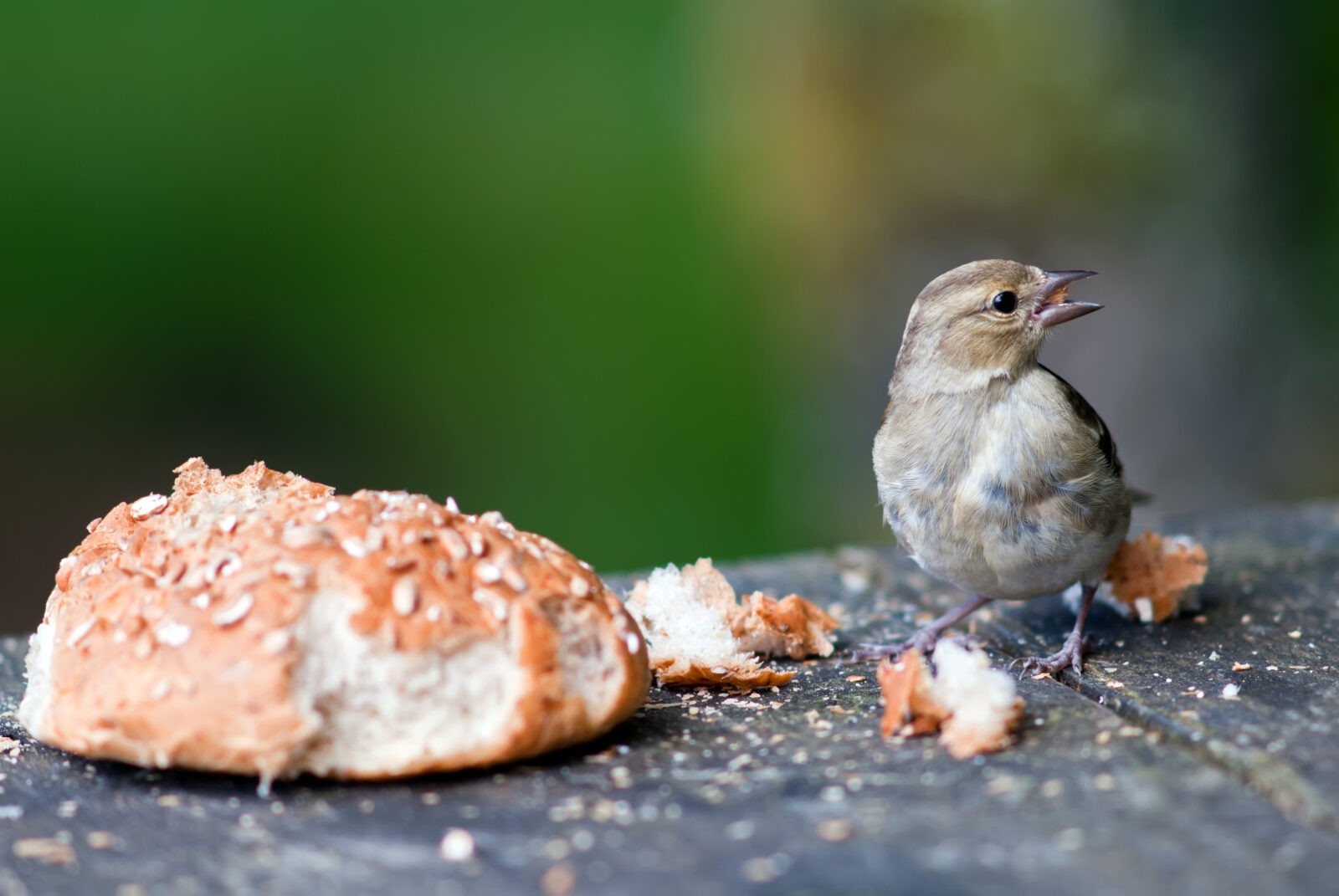To view our residential rental opportunities, please visit NewportRentals.com
To view our residential rental opportunities, please visit NewportRentals.com
To view our residential rental opportunities, please visit NewportRentals.com
To view our residential rental opportunities, please visit NewportRentals.com
Brant
Brants have a wingspan of approximately 42 inches and weigh around 3 pounds. They migrate long distances, with some flying up to 3,000 miles from their nesting grounds on the Arctic Ocean coast to the coast of Mexico or Hudson Bay. Brants are also found in Western Europe, where they are called Brent Geese. These birds are vegetarians and particularly enjoy eelgrass, though they also eat other plants such as rockgrass and green algae.
Brant
Brants have a wingspan of approximately 42 inches and weigh around 3 pounds. They migrate long distances, with some flying up to 3,000 miles from their nesting grounds on the Arctic Ocean coast to the coast of Mexico or Hudson Bay. Brants are also found in Western Europe, where they are called Brent Geese. These birds are vegetarians and particularly enjoy eelgrass, though they also eat other plants such as rockgrass and green algae.
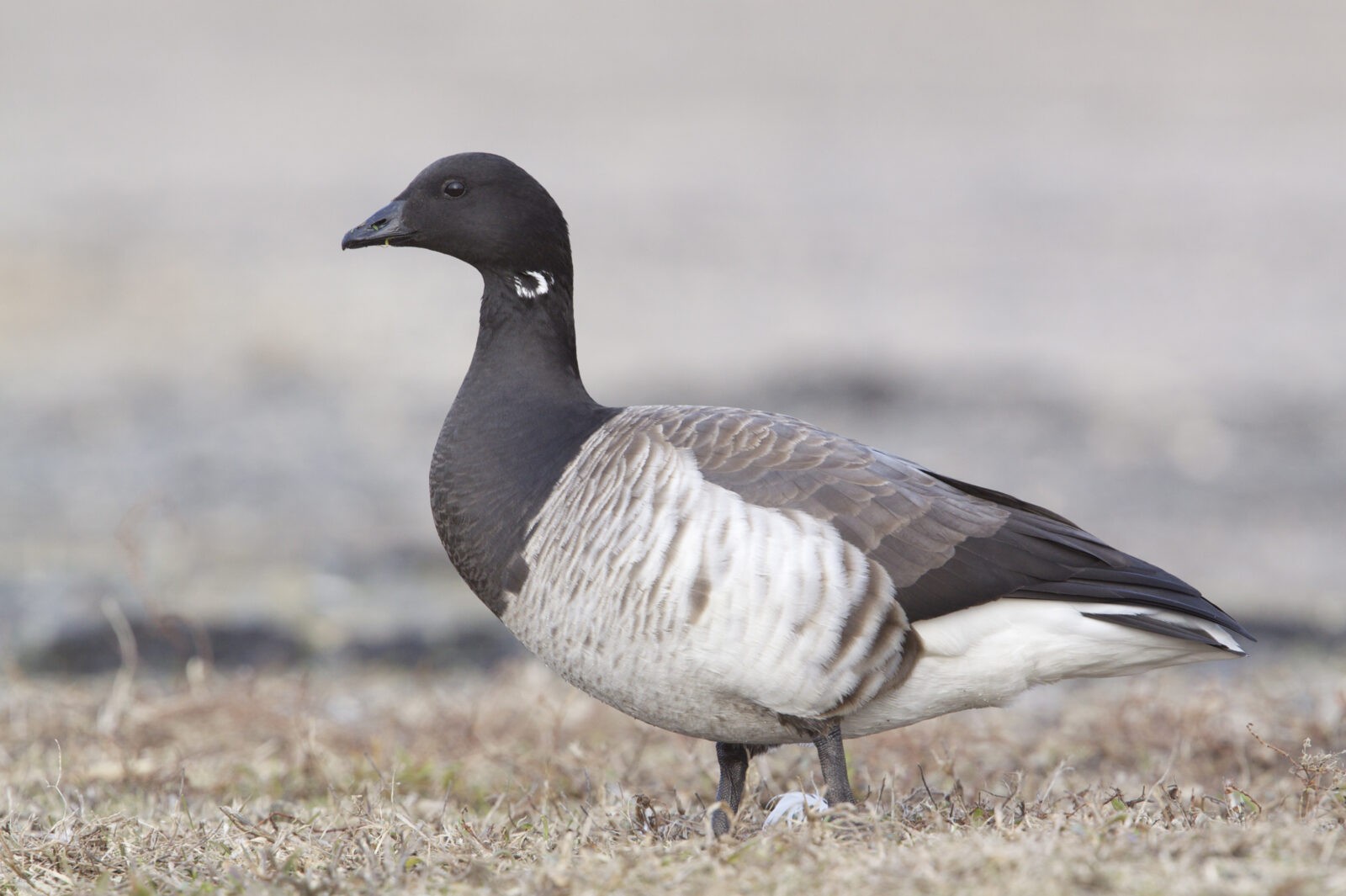
Bufflehead
Buffleheads have a wingspan of approximately 21 inches and weigh around 13 ounces. They got their name due to their disproportionately large head compared to their small body. Buffleheads are North America’s smallest diving ducks. Males court females by flying over them, landing in the water, bobbing their heads, and raising their crests. Buffleheads are rarely found on land, except when females are transporting their ducklings to a different location or leaving the nest.
Bufflehead
Buffleheads have a wingspan of approximately 21 inches and weigh around 13 ounces. They got their name due to their disproportionately large head compared to their small body. Buffleheads are North America’s smallest diving ducks. Males court females by flying over them, landing in the water, bobbing their heads, and raising their crests. Buffleheads are rarely found on land, except when females are transporting their ducklings to a different location or leaving the nest.
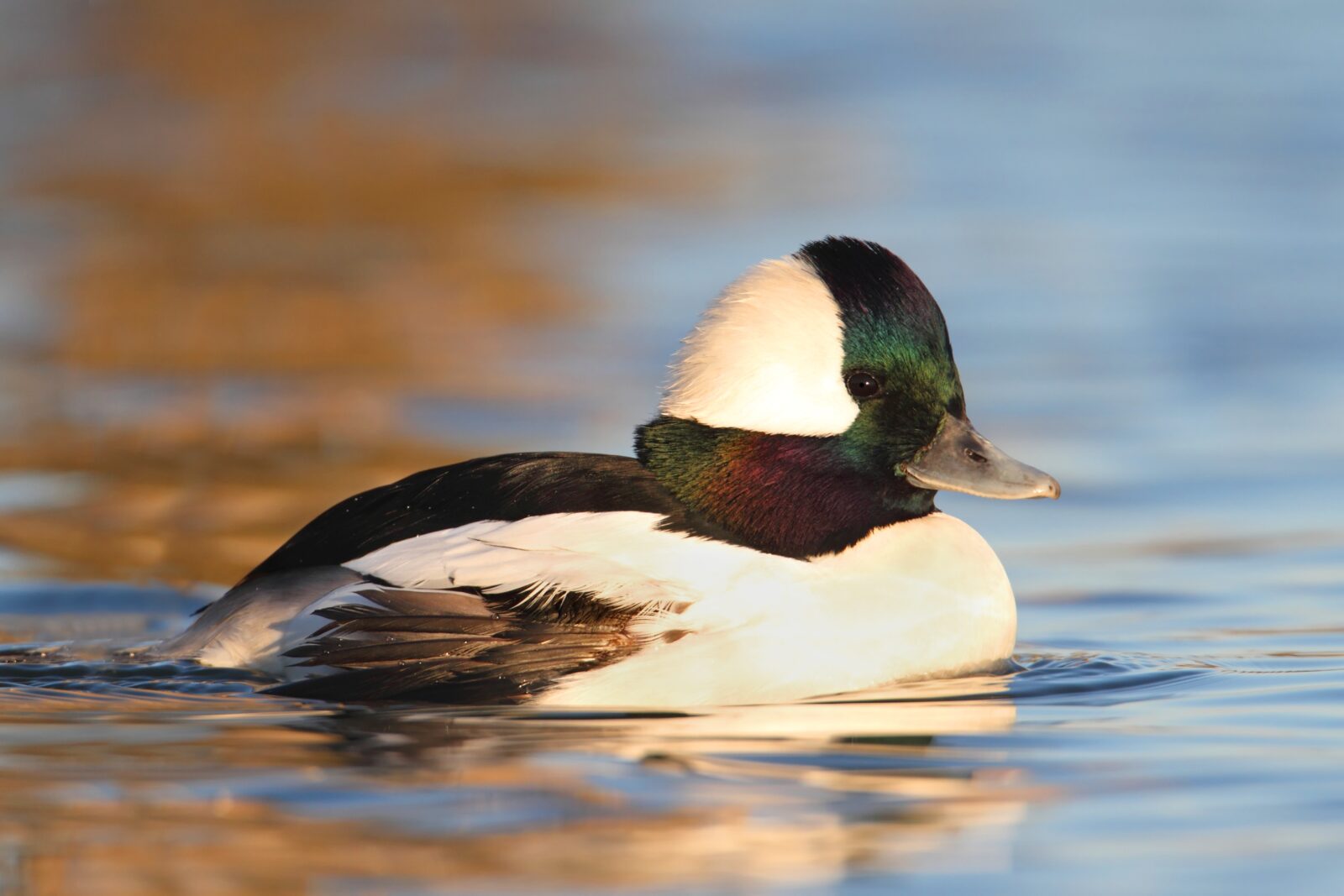
Canada Goose
Canada Geese have a wingspan of approximately 43-60 inches and weigh around 4-10 pounds. They migrate in the famous V formations, allowing them to fly up to 1,500 miles in 24 hours. The V formation lets the front bird break the headwind, enabling the other birds to draft along the airflow from the front. This helps maintain energy and communication.
Canada Geese choose mates who are similar to them in size (assortative mating). They begin looking for a mate at two years old and mate for life.
Canada Goose
Canada Geese have a wingspan of approximately 43-60 inches and weigh around 4-10 pounds. They migrate in the famous V formations, allowing them to fly up to 1,500 miles in 24 hours. The V formation lets the front bird break the headwind, enabling the other birds to draft along the airflow from the front. This helps maintain energy and communication.
Canada Geese choose mates who are similar to them in size (assortative mating). They begin looking for a mate at two years old and mate for life.
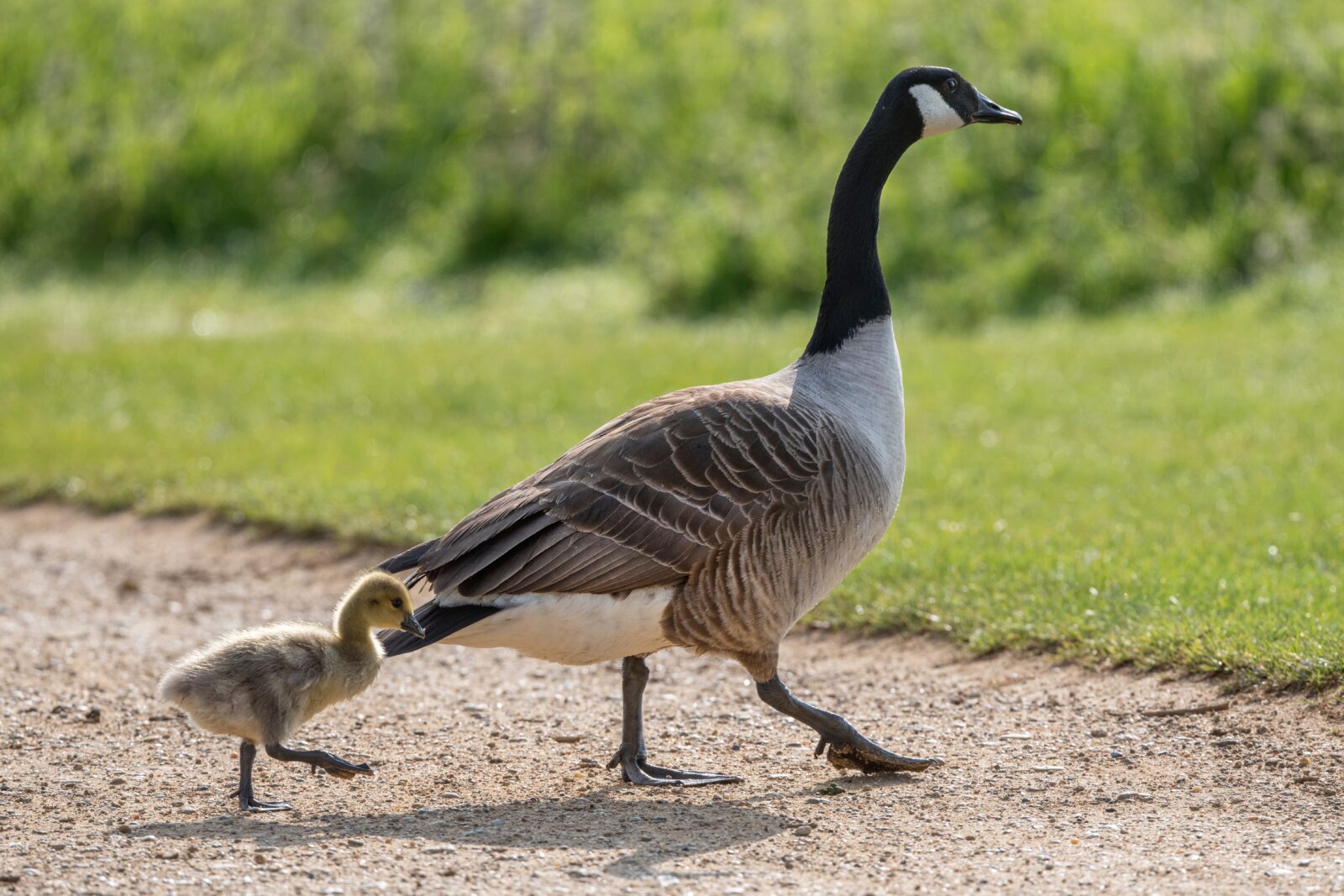
Double-Crested Cormorant
Cormorants have a wingspan of approximately 52 inches and weigh around 4 pounds. Their numbers declined in the 1960s due to the harmful effects of DDT. Cormorants bask in the sun to dry their wet feathers, as they have less preen oil than other water birds, making their coats less waterproof.
Cormorants typically swim with only their neck and head visible. When diving, they use their feet to dive 5-25 feet for 30-70 seconds.
Double-Crested Cormorant
Cormorants have a wingspan of approximately 52 inches and weigh around 4 pounds. Their numbers declined in the 1960s due to the harmful effects of DDT. Cormorants bask in the sun to dry their wet feathers, as they have less preen oil than other water birds, making their coats less waterproof.
Cormorants typically swim with only their neck and head visible. When diving, they use their feet to dive 5-25 feet for 30-70 seconds.
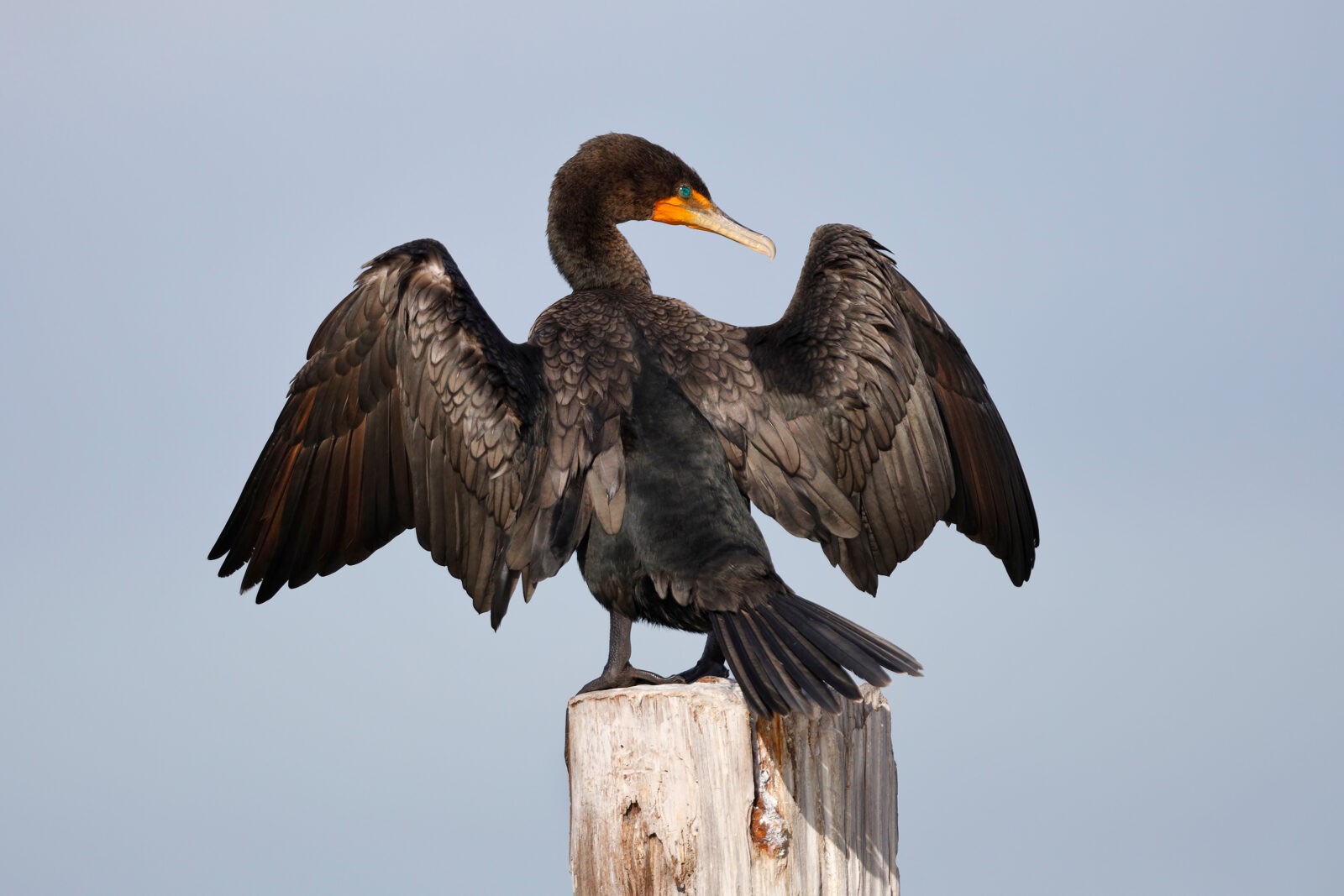
Red-Breasted Merganser
Mergansers have a wingspan of approximately 30 inches and weigh around 2 pounds. They are also called sawbills due to the small indents on their thin bills, which help them hold slippery fish. The Latin word “merganser” translates to “plunging goose.”
Mergansers need to eat 15 to 20 fish daily, requiring them to dive 250-300 times per day and forage for food for 4-5 hours.
Red-Breasted Merganser
Mergansers have a wingspan of approximately 30 inches and weigh around 2 pounds. They are also called sawbills due to the small indents on their thin bills, which help them hold slippery fish. The Latin word “merganser” translates to “plunging goose.”
Mergansers need to eat 15 to 20 fish daily, requiring them to dive 250-300 times per day and forage for food for 4-5 hours.
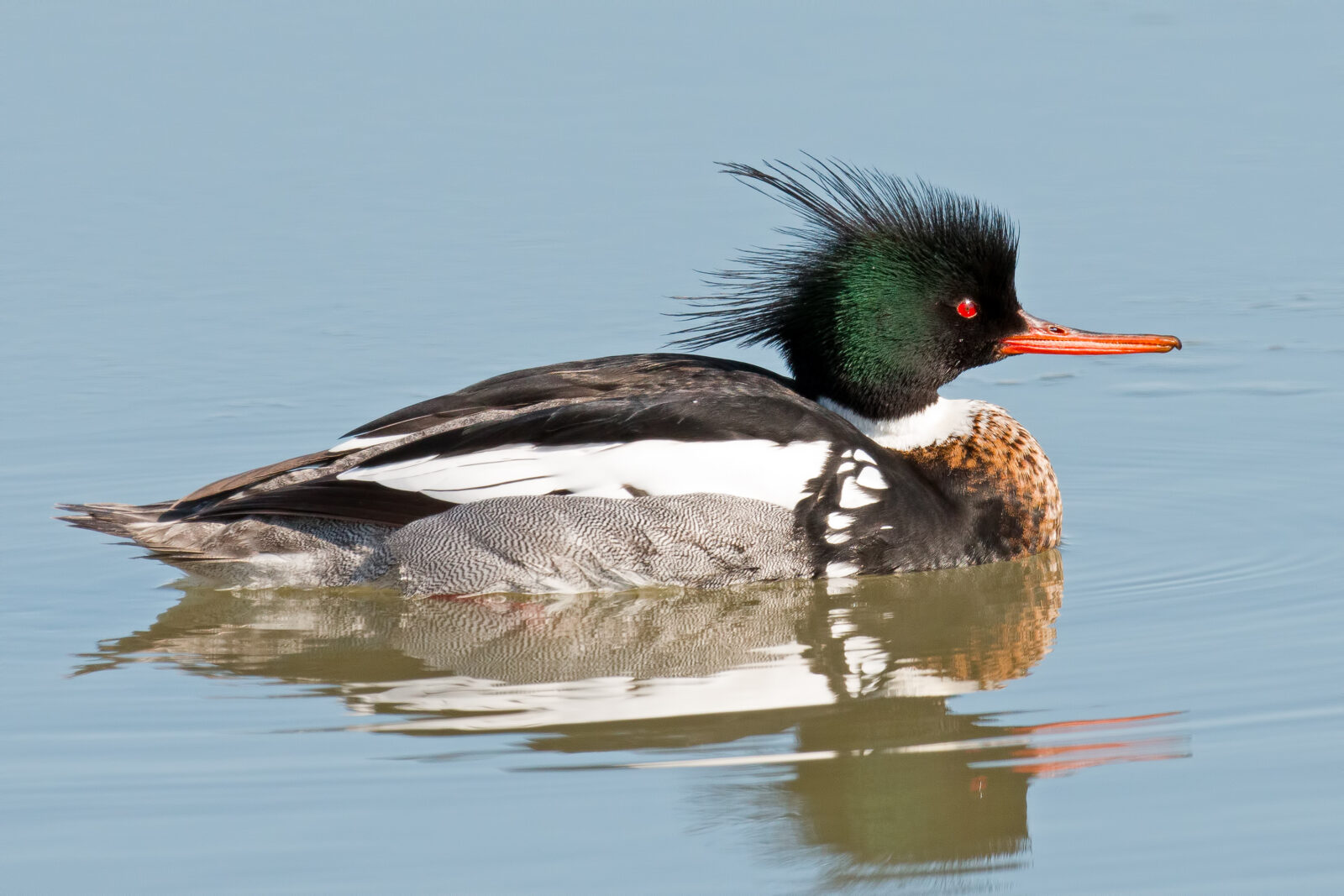
Ring-billed Gull
Gulls have a wingspan of approximately 48 inches and weigh around 1 pound. They can fly at speeds of 40 miles per hour, making them adept at snatching food from the air.
Gulls’ plumage changes as they mature. As juveniles, their feathers are a mixture of brown and gray, and their bills are pink and black. Gulls usually return to the colony where they were born to breed, often nesting a few meters away from their previous year’s nesting spots.
Ring-billed Gull
Gulls have a wingspan of approximately 48 inches and weigh around 1 pound. They can fly at speeds of 40 miles per hour, making them adept at snatching food from the air.
Gulls’ plumage changes as they mature. As juveniles, their feathers are a mixture of brown and gray, and their bills are pink and black. Gulls usually return to the colony where they were born to breed, often nesting a few meters away from their previous year’s nesting spots.
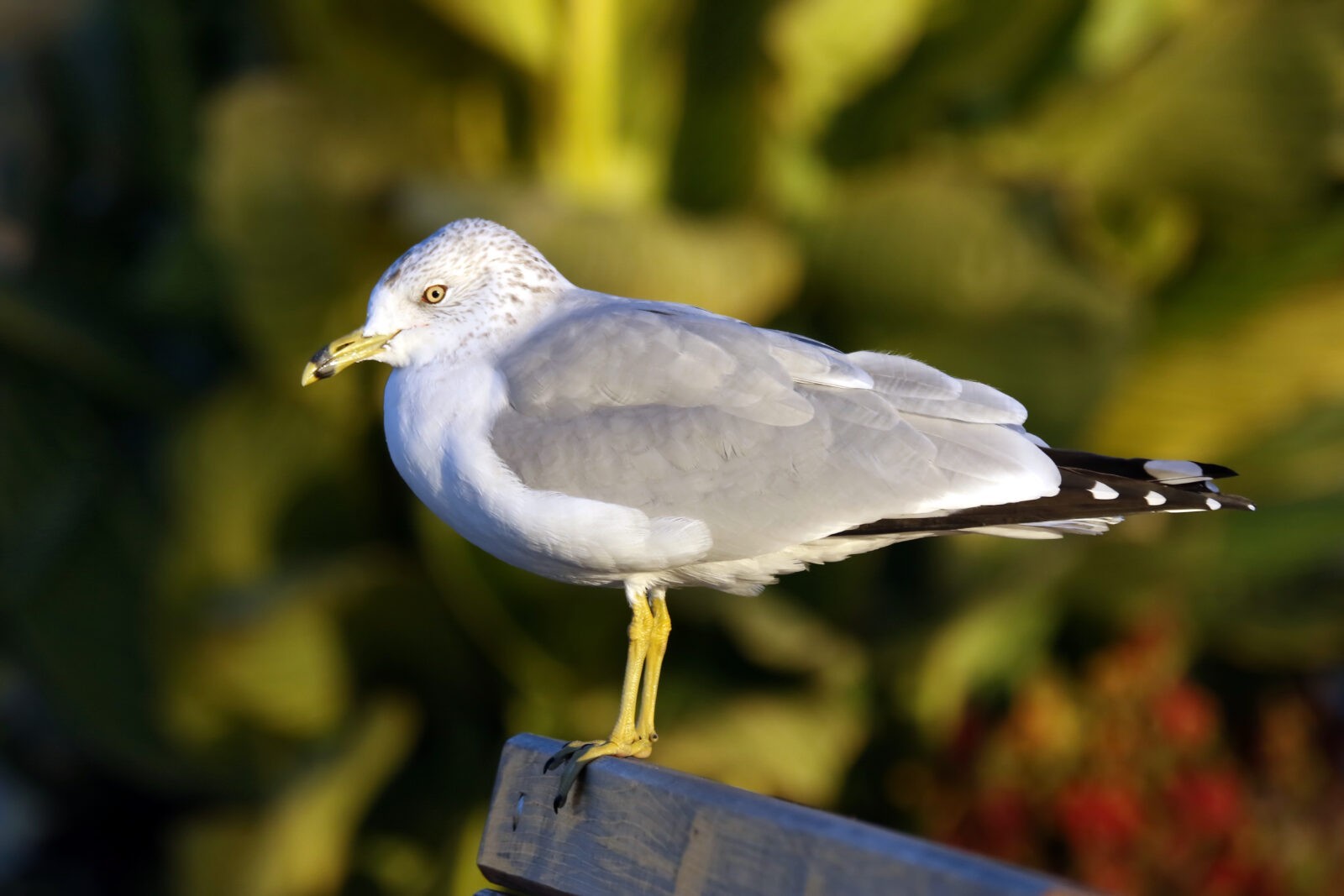
Rock Pigeon
Pigeons have a wingspan of approximately 28 inches and weigh around 9 ounces. Rock Pigeons are also known by other names such as Domestic Pigeon, Homing Pigeon, and Rock Dove. They are believed to be one of the first birds to be domesticated and are depicted in Egyptian hieroglyphics and Mesopotamian tablets. Pigeons arrived in the U.S. with European settlers in the early 1600s.
Rock Pigeon
Pigeons have a wingspan of approximately 28 inches and weigh around 9 ounces. Rock Pigeons are also known by other names such as Domestic Pigeon, Homing Pigeon, and Rock Dove. They are believed to be one of the first birds to be domesticated and are depicted in Egyptian hieroglyphics and Mesopotamian tablets. Pigeons arrived in the U.S. with European settlers in the early 1600s.
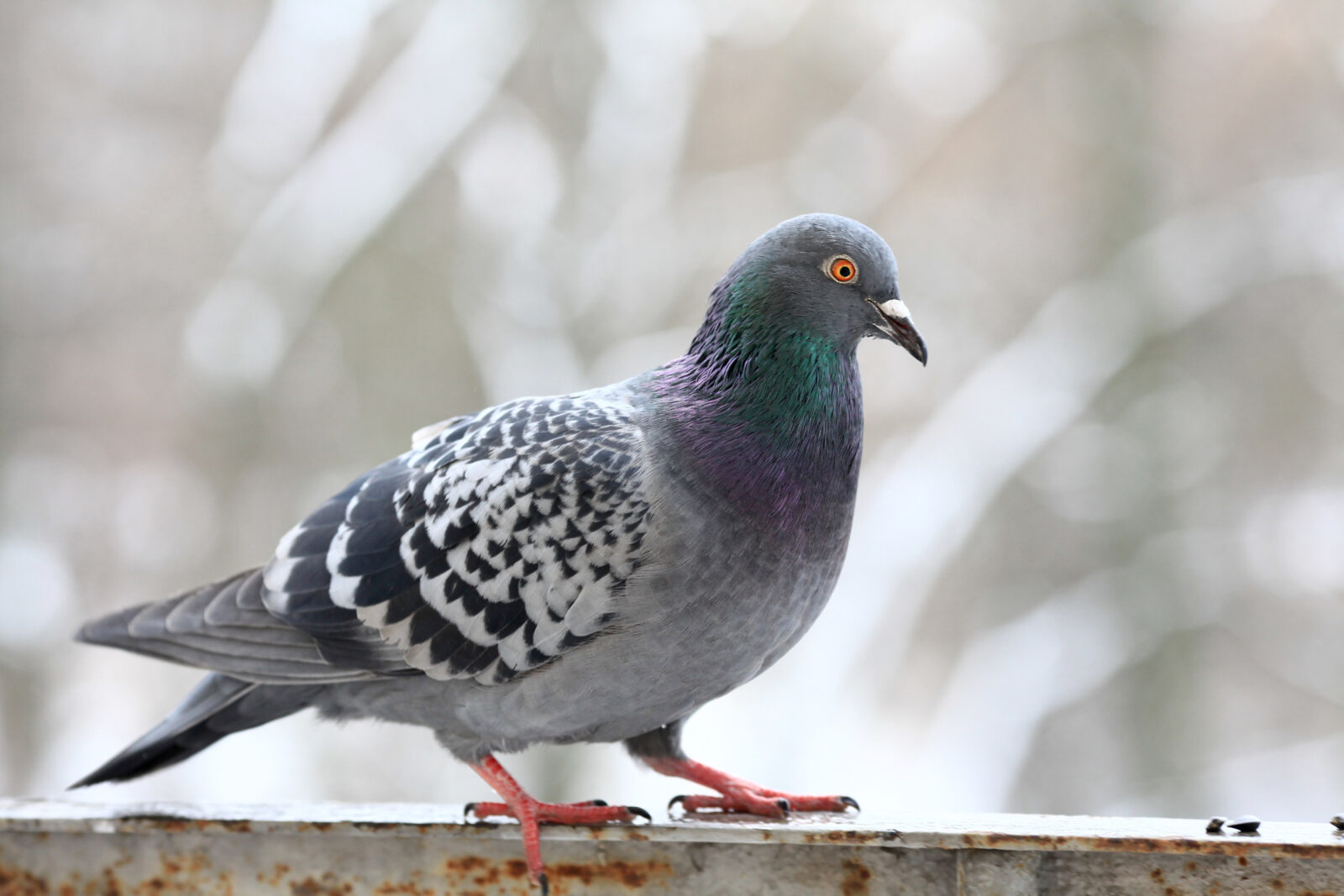
PSA
Feeding birds human food may appear kind, but it poses significant risks to their health and the environment. Human food lacks essential nutrients, leading to malnutrition and obesity in birds. Additionally, it attracts pests, disrupts ecosystems, and can cause birds to become aggressive. To support bird health and preserve nature, refrain from feeding them bread, rice, corn or other human foods and encourage their natural foraging behaviors.
PSA
Feeding birds human food may appear kind, but it poses significant risks to their health and the environment. Human food lacks essential nutrients, leading to malnutrition and obesity in birds. Additionally, it attracts pests, disrupts ecosystems, and can cause birds to become aggressive. To support bird health and preserve nature, refrain from feeding them bread, rice, corn or other human foods and encourage their natural foraging behaviors.
